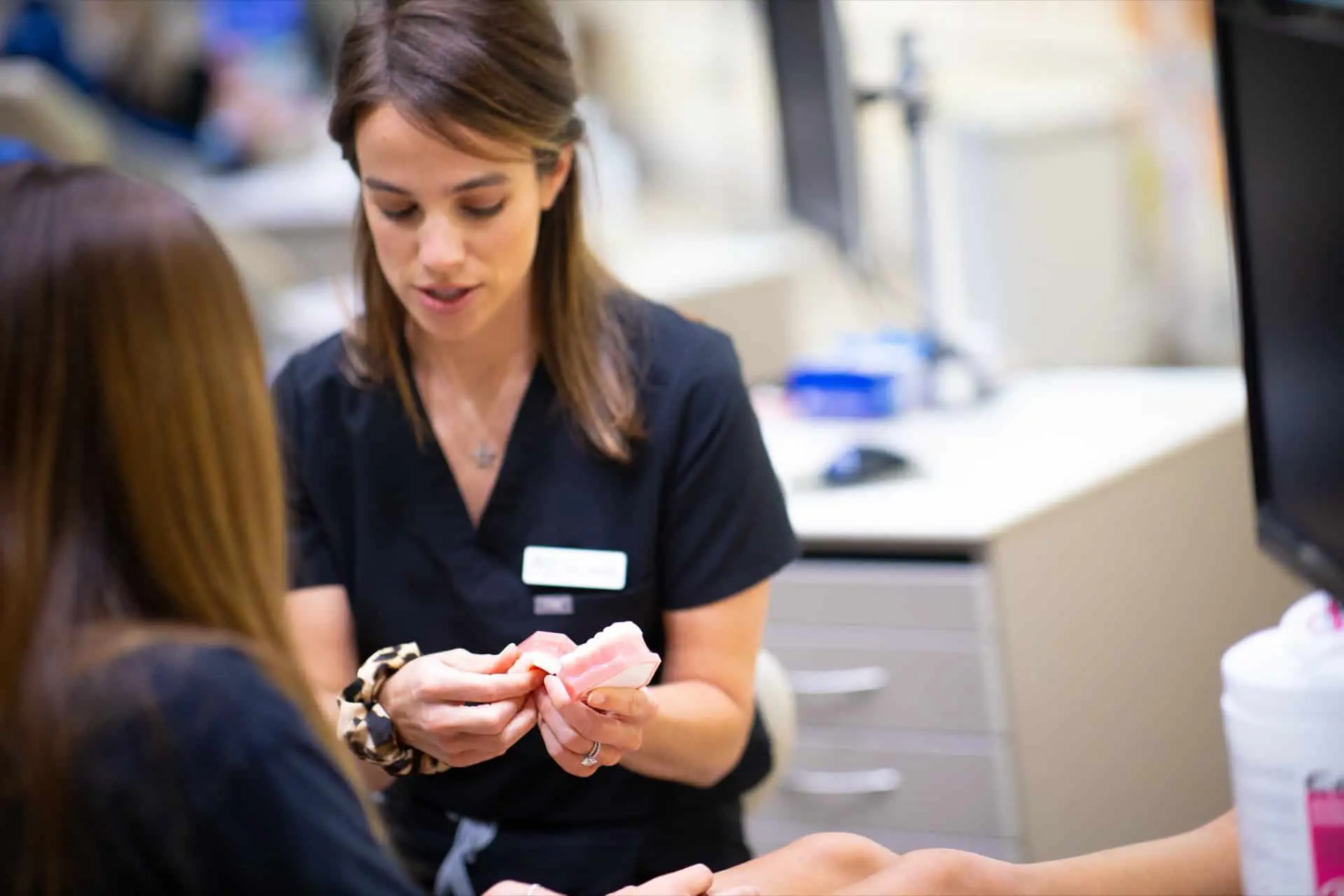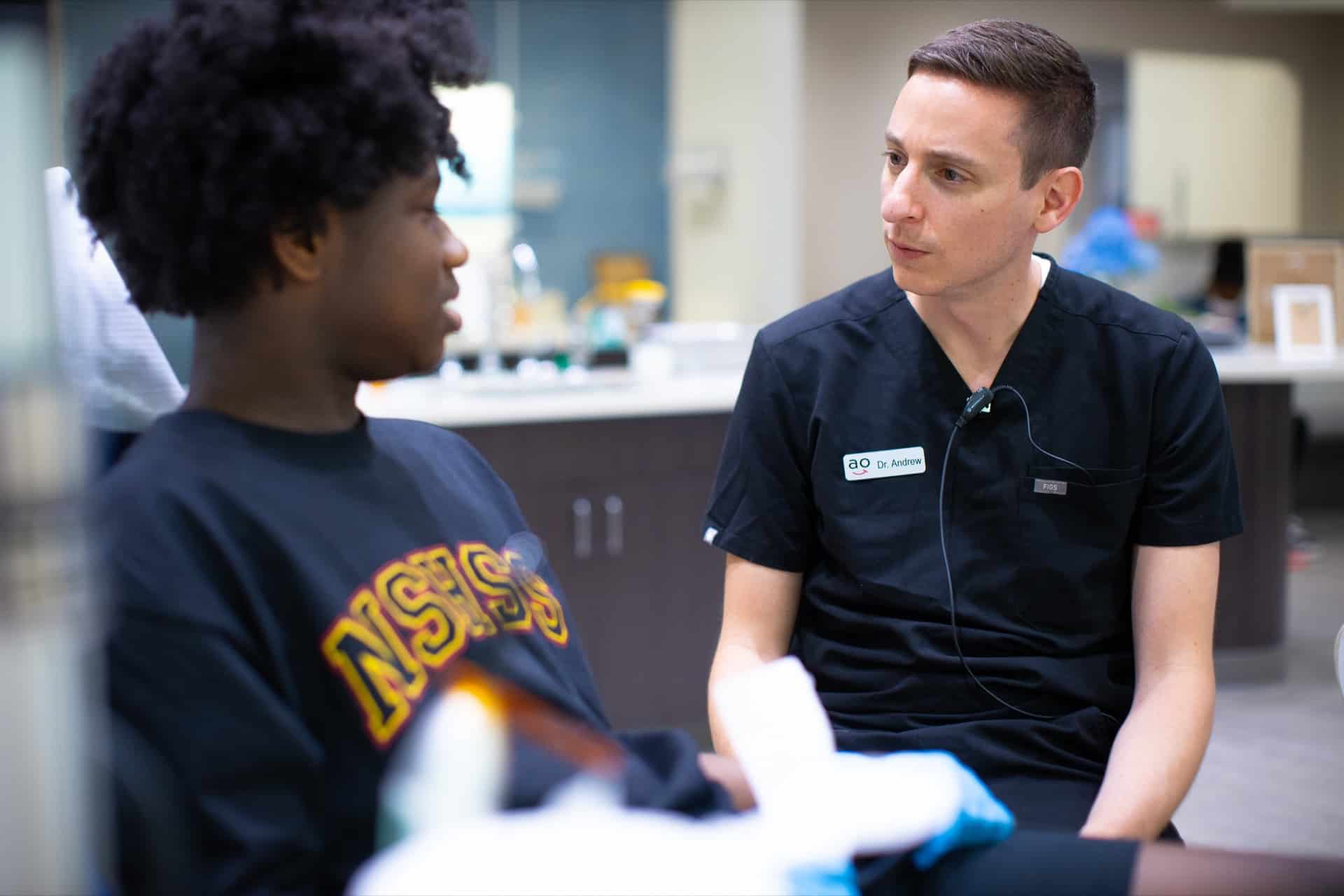There is a lot more to creating a gorgeous smile than just putting on braces or clear aligners. It takes effort on the patient’s part, as well. The patient must brush and floss daily to maintain great oral health throughout treatment. Otherwise, they can get a nasty surprise once the braces come off — white spots on their teeth. It’s called decalcification, and it’s caused by a lack of good oral hygiene, leading to bacteria removing nutrients from your enamel. The removal of these minerals leaves white blobs under or around braces brackets, which become glaringly obvious once the braces are removed.
Appel Orthodontics encourages our patients to keep up with their oral hygiene to prevent decalcification. We know it can be a bit more challenging with braces, which is why our team will teach patients the best way to brush and floss properly with braces. We want your treatment to be a success and your smile to be one you will show off proudly!






